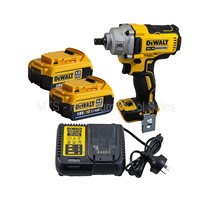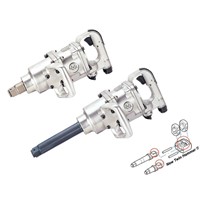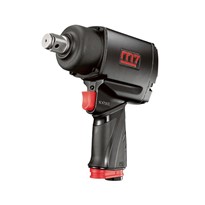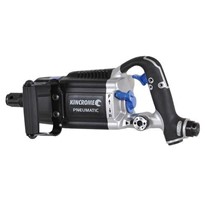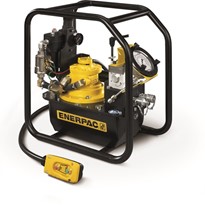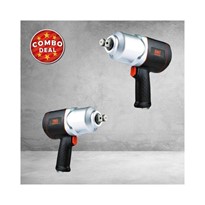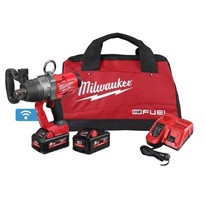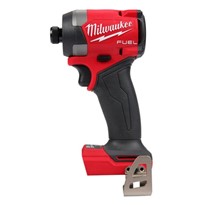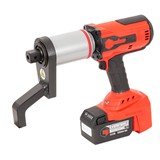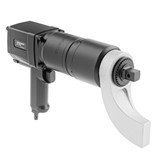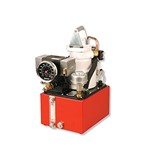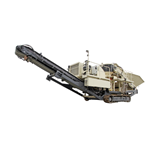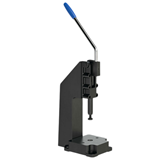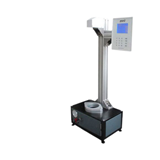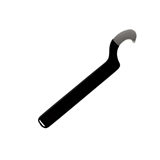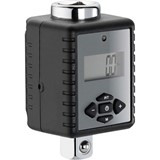With the assistance of Ingersoll Rand, we've done extensive research and testing on torque so we thought we'd fill you in on our findings.
What do those impact wrench torque ratings really mean? Let's settle this once and for all: in most cases, advertised or break away torque is really just a marketing ploy.
Manufacturers will test tools in ways that allow them to increase the advertised torque rating, but these methods do not yield an accurate portrayal of real or working torque. Sure, you may be able to get 1000 ft-lbs of torque here and there, but this is often not the genuine working torque that the tool is readily capable of day to day.
Andrew McLean, CAPS Australia's Product Manager, Air Tools, Winch and Hoist, said "Ingersoll Rand has designed and engineered our compressed air tools to get maximum torque without over-extending the impact wrench or the user. We always advertise accurate torque because we want to be completely honest with our customers, and we don't want to contribute to any common misunderstandings of what real torque is. Ingersoll Rand advertises three torque ratings for our tools: max reverse torque, 'nut-busting' torque, and forward torque range. The max reverse torque is the maximum amount of torque that the tool is able to deliver in reverse. The max torque rating is established based on a statistical analysis of a sampling of tools which have been tested in Ingersoll Rand's lab on a Model M Skidmore tension tester with a high-strength 1 1/4" bolt.
'Nut-busting' torque refers to the tool's ability to remove a bolt that has been tightened down using methods other than the tool itself. For the 'nut-busting' torque, a bolt is tightened with a torque wrench calibrated to 1100 ft-lbs, then removed with the tool being tested. In this case, the 2135TiMAX is able to remove the bolt, so the advertised torque is 1100 ft-lbs. Since torque capacity is effected by many variables like bolt type and size, thread conditions, air pressure, cfm and many others, a comparison test can be difficult for an end user to replicate. And since there's currently no industry wide standard for testing or publishing torque ratings it difficult to compare published torque ratings across manufacturers.
So, what are you looking for in an impact? As McLean said, you want to look at real torque as it relates to the jobs that you do. Most people believe that the advertised torque rating is an accurate measure of torque, hence, using a big number is effective in selling tools, but it doesn't always tell the whole story.
We can assure you that the results you get in laboratory testing isn't always the way it works on your shopfloor. That's why we recommend that you try it before you buy it.
So, when comparing manufacturers be sure to ask about torque ratings. In the grand scheme of things it doesn't hurt to ask because if the manufacturer is able to answer you, then you are more informed; if they cannot answer you, then you might want to consider that before purchasing the tool. After all, at the end of the day what matters is whether or not your impact gun gets the job done every time. At CAPS Australia, that's our commitment with every air tool we sell.


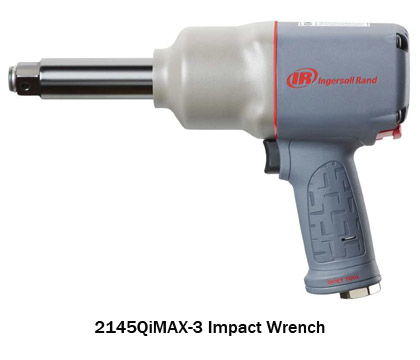
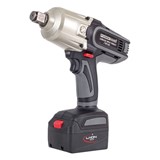
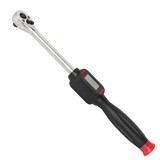
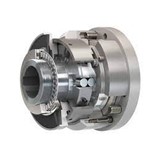
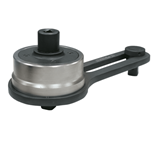
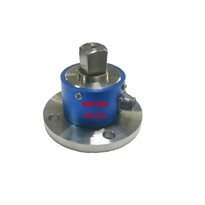
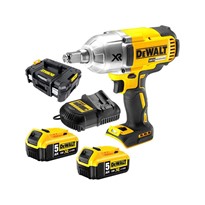
-205x205.jpg)
